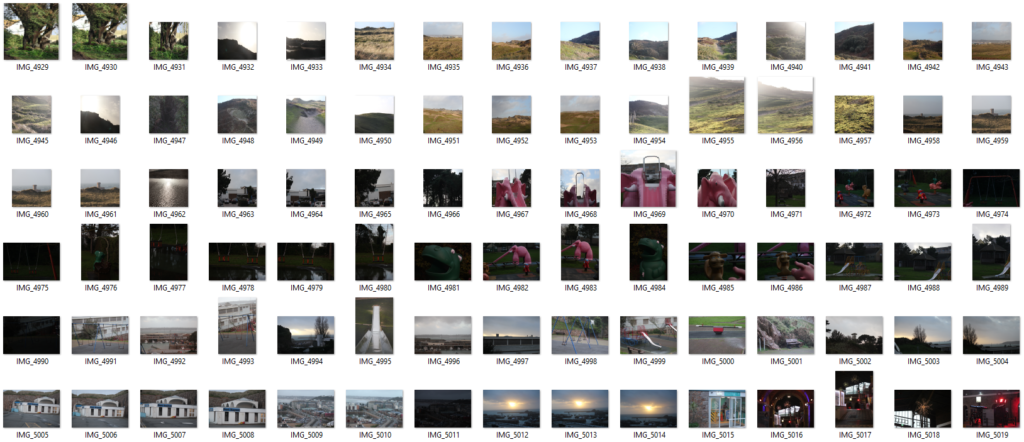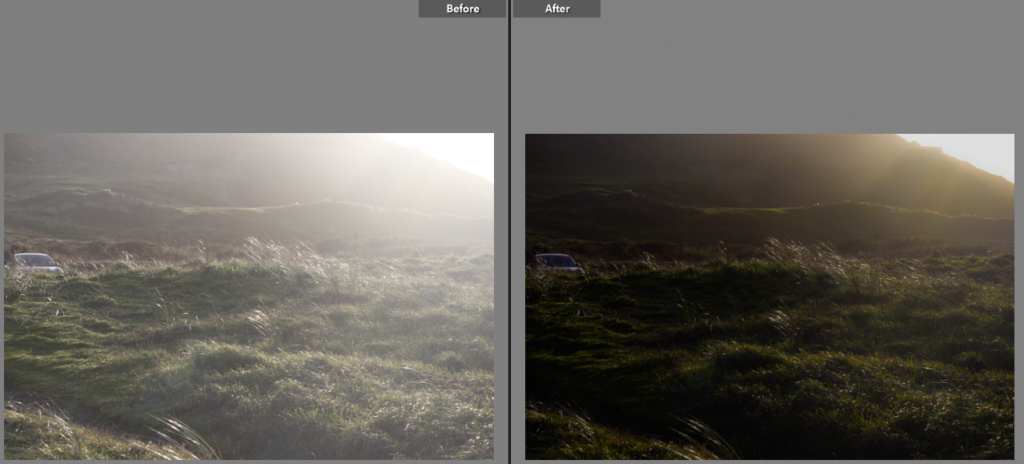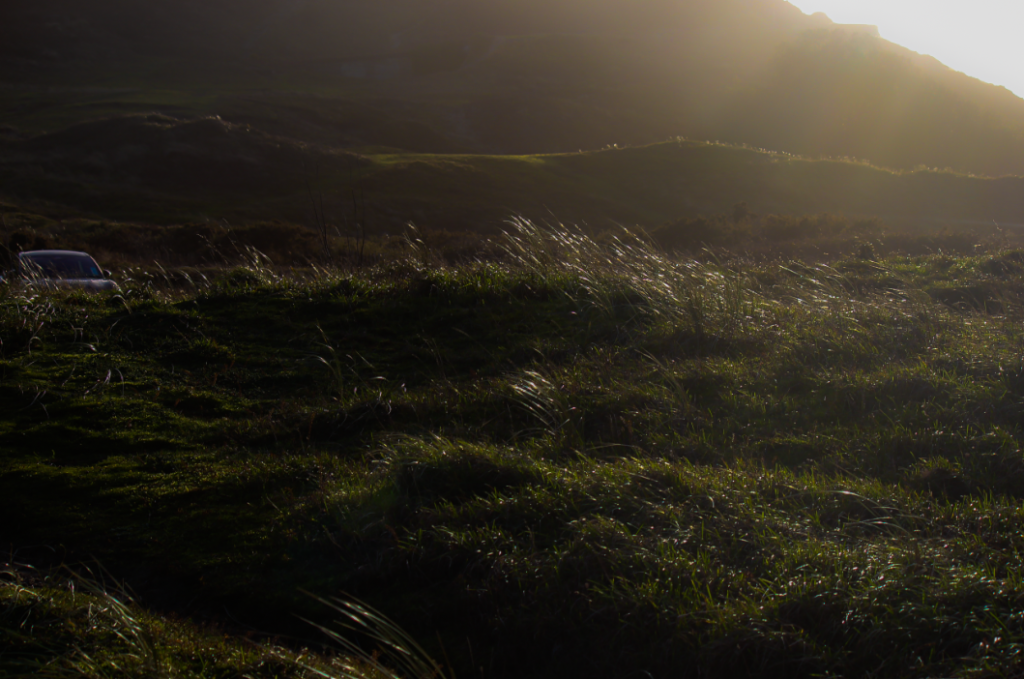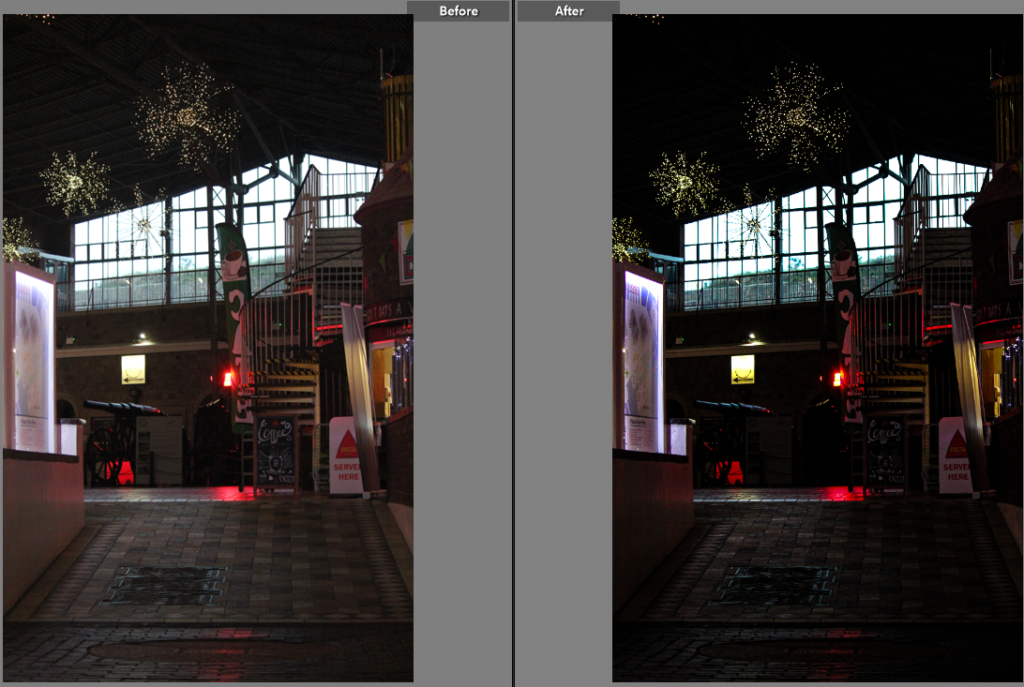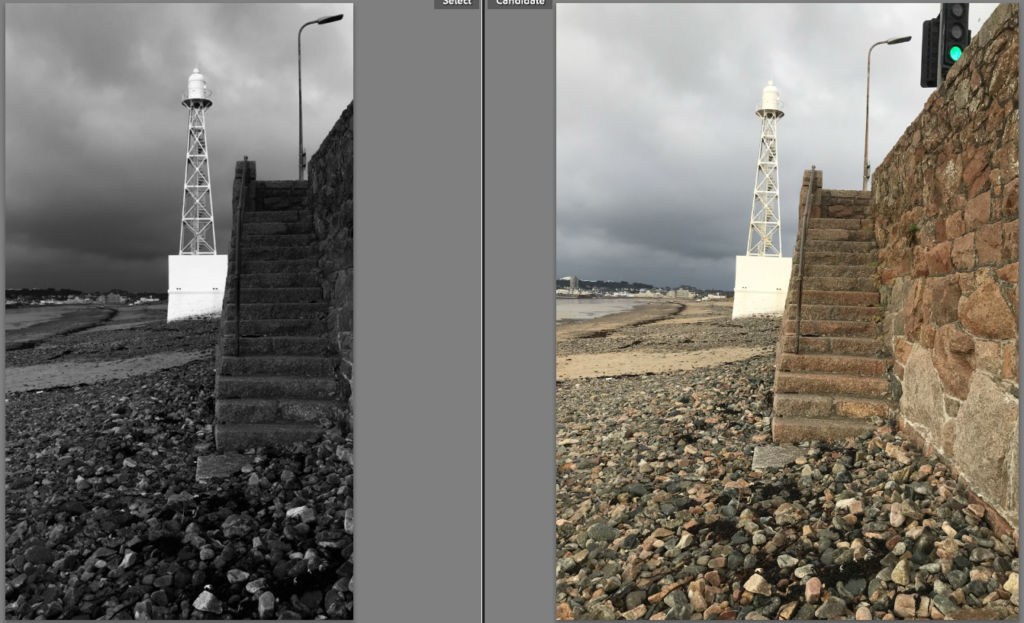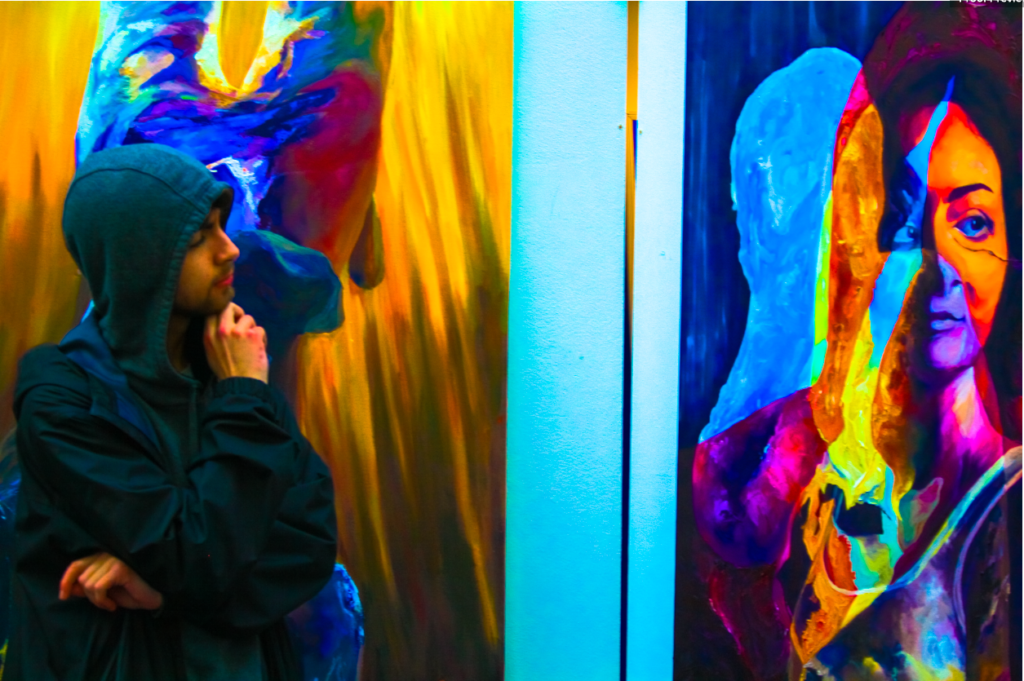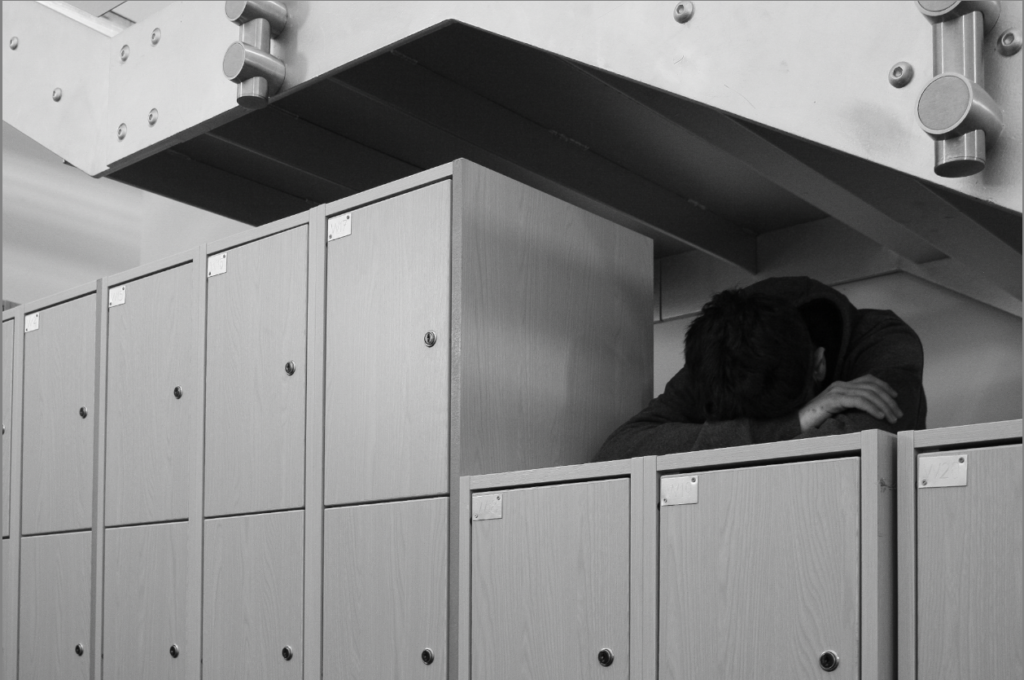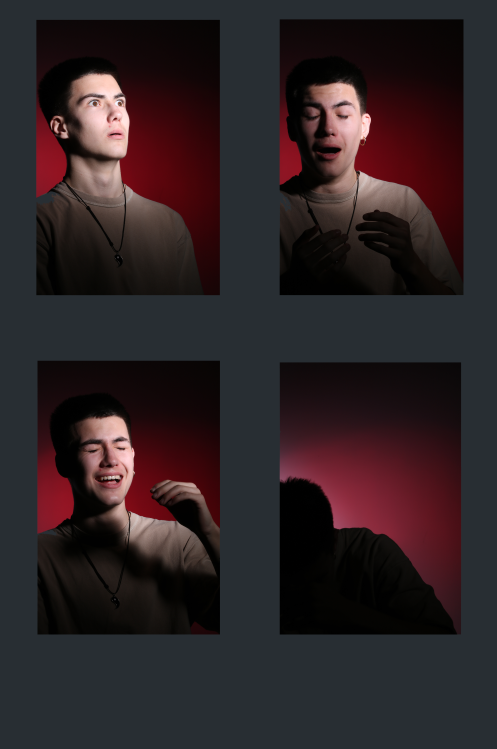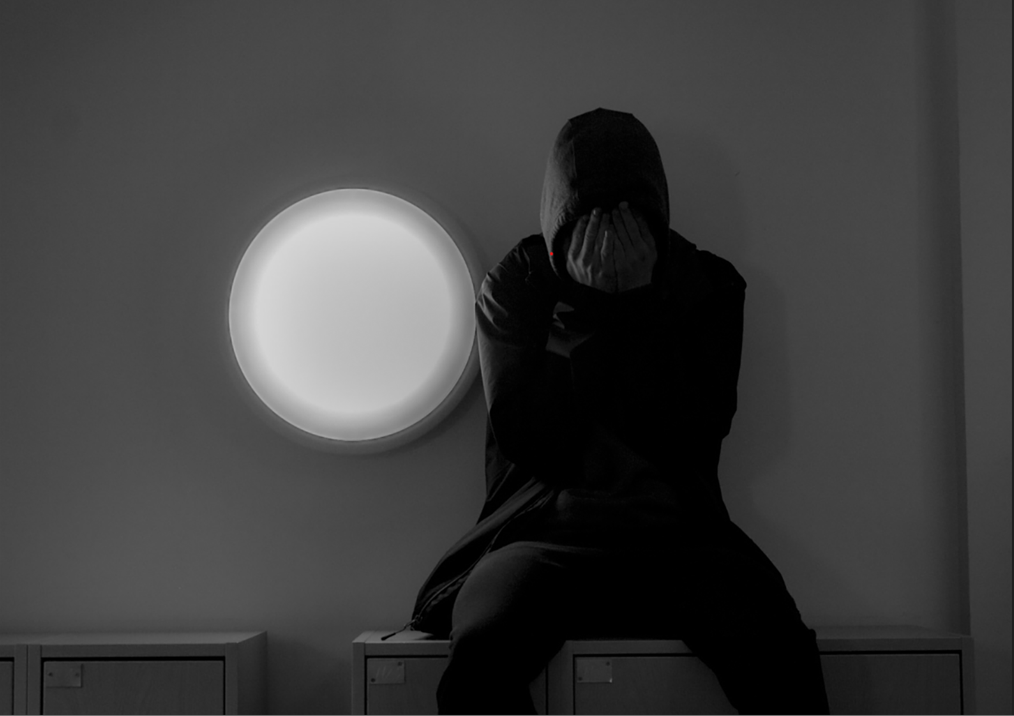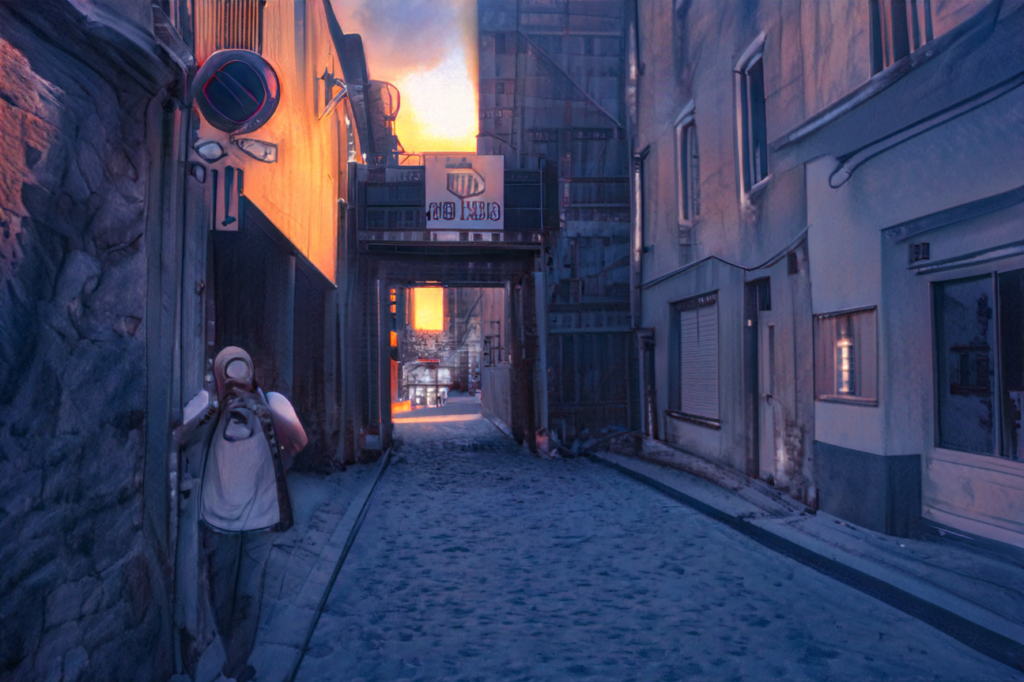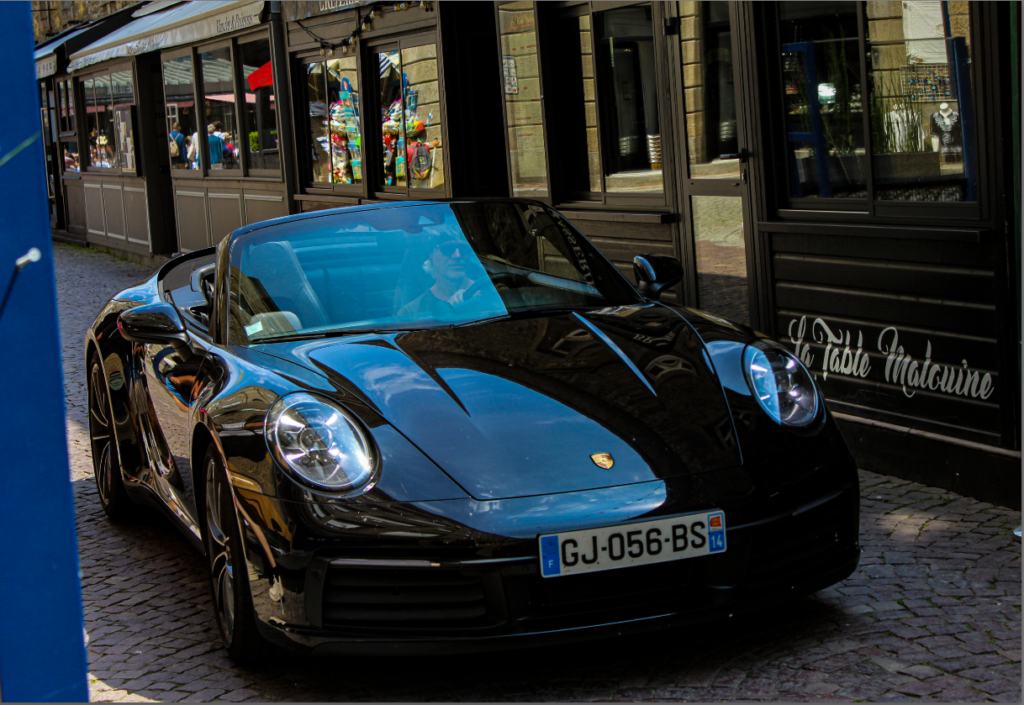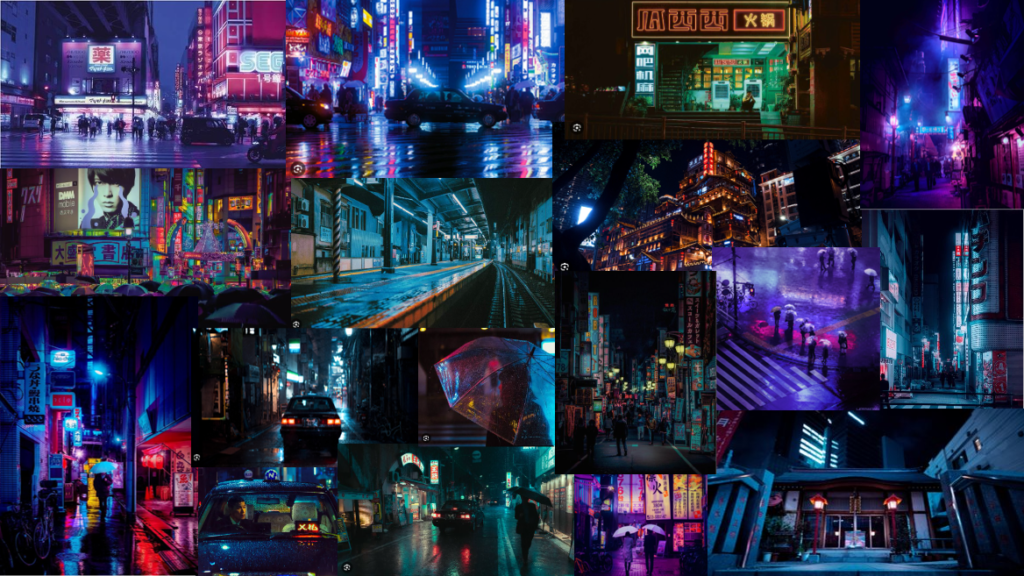Task
PLANNING: Produce a blog post with a detailed plan of at least 3-4 photoshoots that you intend on doing in response to analysis and interpretation of Artists References above. Make sure photo-shoots relates to the ideas on how you intend to develop your project as set out in your Statement of Intent. Follow these instructions: what, why, when, where?
Shoot One
Who – For my third shoot, I intend to photograph locations that bring me a sense of nostalgia and that I visited a lot growing up as well as some locations that I visit a lot currently.
What – When taking these photos, I plan to edit them according to how vivid they are in my memory. If I don’t remember them clearly, I may edit them to be less saturated or perhaps make them appear almost dream like.
Where – These photos will be taken at their locations, such as be the pink elephant park, St. Saviours school, the garden center etc.
Why – While photographing objects will be important for my project, I think the locations of my childhood are also something that should definitely be incorporated. It will also be interesting to see how much these areas have changed, I could also potentially try to replicate some photos from the past at these locations.
Shoot Two
Who – I plan to photograph objects from my childhood that create a sense of nostalgia or a meaningful to me such as toys, books, or sentimental items.
What – Much like the cards, I plan to use gel lighting when taking photographs of my objects too. I also think it would be a good idea to potentially blur some or add a sort of foggy effect to some of the objects that I don’t remember clearly.
Where – Once again, I would likely take these photographs either at school using the studio or at home, where I would set up a small area in my house to take them.
Why – These objects will help to display my memory of what stuck out to me growing up and help me to look back on the things I have forgotten as well at the memories attached to the objects. I feel as though this is important to me since I often don’t reflect on how much different things and people have helped me over the years.
Shoot Three
Who – Lastly, I plan to collect old photos of me and my family.
What – My plan for these photos is to create a collage of these images in black and white to symbolise how over different time periods, memories remain through photos and live on.
Where – I will take all these photos from my house and collect some older ones through my parents.
Why – I think its important to include older images to signify how important memory is to photography. However, since I plan on collaging the images I will make sure to use one page.
Shoot Four
Who – For this shoot, I want to photograph just a blank set up while focusing more on the lighting.
what – I plan to use some kind of blank table as well as a blank background. I will use different colours in my lighting to make the images more eye catching.
where – I will most likely create these images either in the studio at school or set up a makeshift studio at home.
why – I feel as though having blank areas in my photobook will help to depict the loss of a certain memory, however I think that having lighting will help to showcase the general emotion I remember feeling.
Shoot Five
Who – For my first shoot, I plan to photograph birthday cards ranging from when I was younger, to more recent ones.
What – For this shoot, I will use gel lighting in order to make the photos more colourful and eye catching. I plan to use a range of colours and tones to find which ones work best.
Where – In order to take these photos, I will either be using the studio in the school or take them from home.
Why – I am taking the photos of the cards in order to represent my age in my personal study as I will be exploring my memories. Regarding the gel lighting, since we cannot gain many emotions from objects on their own using colours in lighting is a way to display them.
